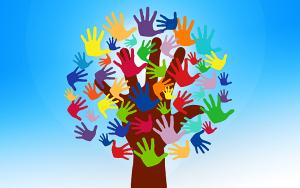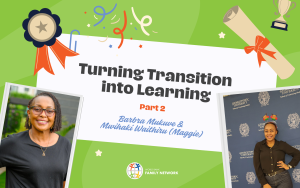Domestic Abuse Tips - The reality
What is domestic violence?
- Domestic violence is a pattern of coercive, controlling behavior that can include physical abuse, emotional or psychological abuse, sexual abuse or financial abuse (using money and financial tools to exert control).
- Domestic violence is a pervasive, life-threatening crime that affects millions of individuals across the United States regardless of age, economic status, race, religion or education.
- High-profile cases of domestic violence will attract headlines, but thousands of people experience domestic abuse every day. They come from all walks of life. In a 24-hour survey, NNEDV found that U.S. domestic violence programs served nearly 65,321 victims and answered more than 23,045 crisis hotline calls in one day alone.
- Batterers make it very difficult for victims to escape relationships. Sadly, many survivors suffer from abuse for decades.
- It’s important for survivors to know that the abuse is not their fault, and they are not alone. Help is available for those who suffer from domestic violence.
What are resources available for victims?
- Survivors have many options, from obtaining a protection order to staying in a shelter, or exploring options through support group or anonymous calls to a local domestic violence shelter or hotline program. There is hope for victims, and they are not alone.
- There are thousands of local shelters across the United States that provide safety, counseling, legal help, and other resources for victims and their children.
- Information and support is available for victims of abuse, their friends and family. (See other resources)
Why do victims sometimes return to or stay with abusers?
- The deck is stacked against the victim when confronted with leaving or not.
- Abusers work very hard to keep victims in relationships.
- There is a real fear of death or more abuse if they leave.
- In fact, a victim’s risk of getting killed greatly increases when they are in the process of leaving or have just left.
- On average, three women die at the hands of a current or former
- intimate partner every day.
- Batterers are very good at making victims think that the abuse is their fault. Victims often believe that if they caused the violence, they can also stop it.
- Victims stay because they are made to think they cannot survive on their own, financially or otherwise. Often abusers create a financial situation that makes leaving nearly impossible.
- Survivors sometimes want the abuse to end, not the relationship.
- A survivor may return to the abuser because that’s the person she the survivor fell in love with, and she believes his promises to change. It’s not easy for anyone to let go of hopes and dreams.
Do abusers show any potential warning signs?
- There is no way to spot an abuser in a crowd, but most abusers share some common characteristics.
- Some of the subtle warning signs include:
- They insist on moving too quickly into a relationship.
- They can be very charming and may seem too good to be true.
- They insist that you stop participating in leisure activities or spending time with family and friends.
- They are extremely jealous or controlling.
- They do not take responsibility for their actions and blame others for everything that goes wrong.
- They criticize their partner’s appearance and make frequent put-downs.
- Their words and actions don’t match.
- Any one of these behaviors may not indicate abusive actions, but it’s important to know the red flags and take time to explore them.
Is it possible for abusers to change?
- Yes, but they must make the choice to change.
- It’s not easy for an abuser to stop abusive behavior, and it requires a serious decision to change. Once an abuser has had all of the power in a relationship, it’s difficult to change to a healthy relationship with equal power and compromises.
- Sometimes an abuser stops the physical violence, but continues to employ other forms of abuse – emotional, sexual, or financial. Some abusers are able to exert complete control over a victim’s every action without using violence or only using subtle threats of violence. All types of abuse are devastating to victims.
Are men victims of domestic violence?
- Yes, men are sometimes victims of domestic abuse.
- A 2001 U.S. study revealed that 85 percent of the victims were female with a male batterer. The other 15 percent includes intimate partner violence in gay and lesbian relationships and men who were battered by a female partner.
- One in four women will be the victim of domestic violence at some point in her lifetime.
- Women are 90-95 percent more likely to suffer domestic violence than are men.
- When we talk about domestic violence, we’re not talking about men versus women or women versus men. We’re talking about violence versus peace. We’re talking about control versus respect.
- Domestic violence affects us all, and all of us—women, children and men—must be part of the solution.
How does the economy affect domestic violence?
- A sour economy does not cause domestic violence but can make it worse. It’s like throwing gasoline on a fire.
- The severity and frequency of abuse can increase when factors associated with a bad economy are present.
- Job loss, housing foreclosures, debt, and other factors contribute to higher stress levels at home, which can lead to increased violence.
- As the violence gets worse, a weak economy limits options for survivors to seek safety or escape.
- Domestic violence programs need more staff and funding to keep up with the demand for their services.
- Victims may have a more difficult time finding a job to become financially independent of abusers.






